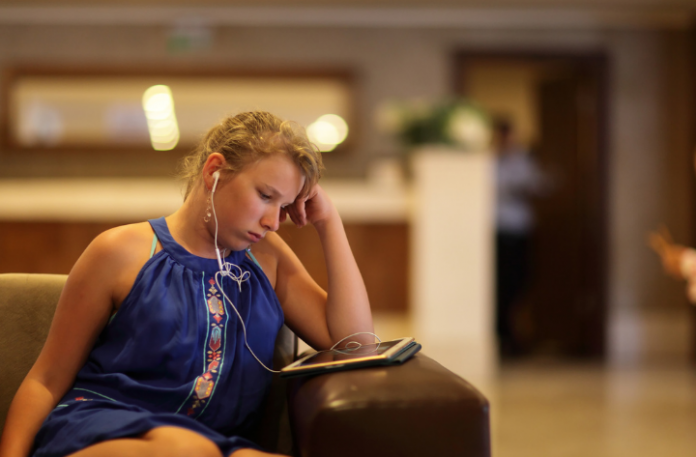Some of the greatest online dangers to teenagers comes from their peers rather than strangers only, a recent report has revealed.
The report from the eSafety Commissioner surveyed 627 teenagers aged 12-17 in September 2020.
It found that, out of those surveyed, 30 per cent said being contacted by a stranger was their top negative experience.
However, almost one third, or 30 per cent, said that their negative online experience related to bullying that occurred at school.
This included being deliberately excluded from events or social groups (16 per cent), receiving online threats or abuse (15 per cent) and having things said online that damaged their reputation (15 per cent).
Dr Luci Pangrazio, Alfred Deakin Postdoctoral Research Fellow at Deakin University, conducts research on young people’s digital worlds.
“We tend to think about risks and harm as if it’s out in the world, but often a lot of the challenges that young people face are things far closer to home,” she said.
Because of their stage of life, young people find it difficult to navigate this space, she said.
“Young people are particularly vulnerable to criticism and feel it deeply,” Dr Pangrazio said.
“Also, they’re just beginning to present themselves to the world on social media as well, so you put those things together, it is quite a challenging space for them.”
It would be helpful to teach young people how to process all of this, she said.
“It’s not just about being able to use [social media], but it’s also about using it critically and understanding how that platform is positioning you and the way you’re being presented to others,” Dr Pangrazio said.
“It’s not just leaving them on their own. I think too often we just assume that they’re going to be alright, we’ll just make them aware of the stranger danger and that’s the end of that, but it’s far more complicated than that.”
Paul Haskell-Dowland, Associate Professor and Associate Dean of Computing and Security in the School of Science at Edith Cowan University, said teenagers don’t have the capacity to make judgements about safety because they don’t have that life experience.
“They believe what they see, they want to trust other people and, in many cases, they’re evolving physically, emotionally, sexually and looking for opportunities to explore their character as they’re evolving, and they’ll often take risks,” he said.
He believes the message to children to be careful online and think about what they’re doing isn’t working.
“That’s no different … to my parents telling me ‘be careful going to the shops, don’t talk to strangers’… The danger messages are effectively the same but it’s in a different environment,” he said.
In previous generations, the threats to children were predominately from people in their vicinity. The likelihood of them being attacked was limited to their social circles and immediate communities.
“On the internet, you are milliseconds if not microseconds away from the world,” Professor Haskell-Dowland said.
“And that exposes you to a broad range of dangers where individually you have access to every conceivable form of inappropriate content of different kinds of harm.”
However, it is important to not undervalue the benefits of social media to young people, according to Professor Haskell-Dowland.
“It is a very positive thing for them and, when it works well and when it’s respectful with appropriate boundaries, it is a significant part of their social bonding, and it is every bit as important as in our childhoods of going to the park with your friends,” he said.
“It’s just second nature to them. They teach with it, they learn with it … and that will be a lifelong environment that they will engage in, so to say ‘no, don’t use it’ or ‘it’s terribly dangerous’, in a way, is reckless because it is going to be their future.
“And not being a part of it is likely to be just as debilitating for a school child now as being grounded would’ve been for us as children.”
________________
Find resources, activities and tips at esafety.gov.au to help you start the chat with your children and teenagers about online safety.






